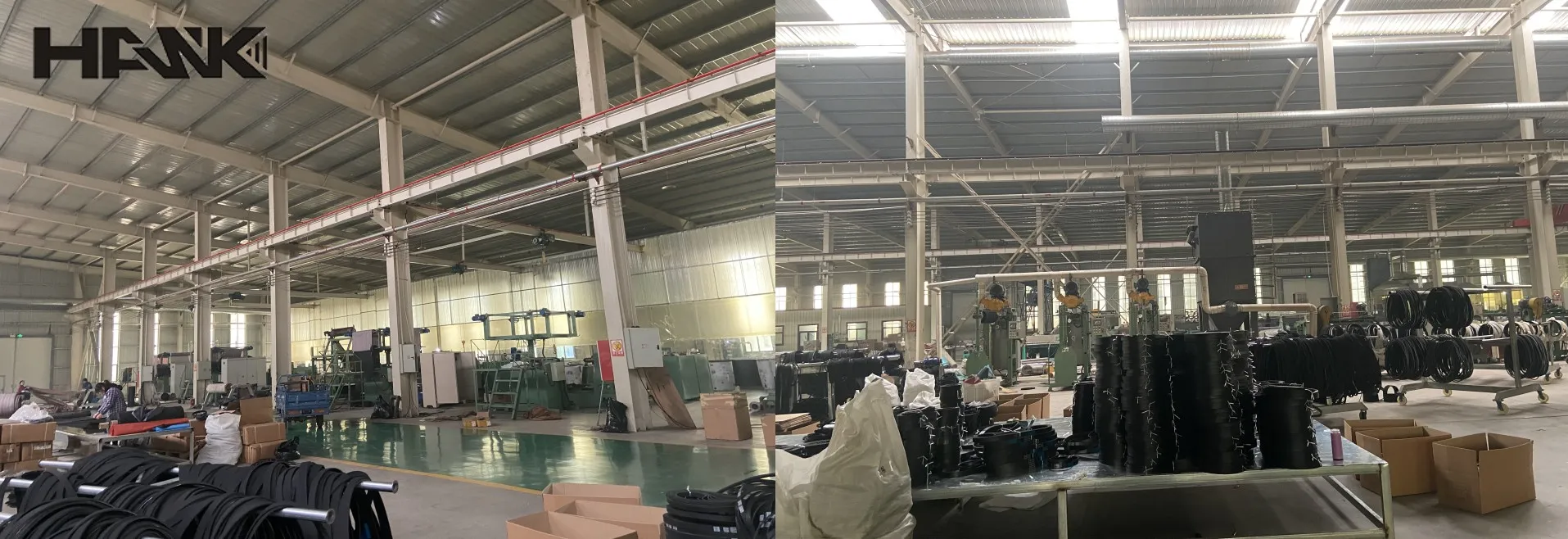- Arabic
- French
- Russian
- Spanish
- Portuguese
- Turkish
- Armenian
- English
- Albanian
- Amharic
- Azerbaijani
- Basque
- Belarusian
- Bengali
- Bosnian
- Bulgarian
- Catalan
- Cebuano
- Corsican
- Croatian
- Czech
- Danish
- Dutch
- Afrikaans
- Esperanto
- Estonian
- Finnish
- Frisian
- Galician
- Georgian
- German
- Greek
- Gujarati
- Haitian Creole
- hausa
- hawaiian
- Hebrew
- Hindi
- Miao
- Hungarian
- Icelandic
- igbo
- Indonesian
- irish
- Italian
- Japanese
- Javanese
- Kannada
- kazakh
- Khmer
- Rwandese
- Korean
- Kurdish
- Kyrgyz
- Lao
- Latin
- Latvian
- Lithuanian
- Luxembourgish
- Macedonian
- Malgashi
- Malay
- Malayalam
- Maltese
- Maori
- Marathi
- Mongolian
- Myanmar
- Nepali
- Norwegian
- Norwegian
- Occitan
- Pashto
- Persian
- Polish
- Punjabi
- Romanian
- Samoan
- Scottish Gaelic
- Serbian
- Sesotho
- Shona
- Sindhi
- Sinhala
- Slovak
- Slovenian
- Somali
- Sundanese
- Swahili
- Swedish
- Tagalog
- Tajik
- Tamil
- Tatar
- Telugu
- Thai
- Turkmen
- Ukrainian
- Urdu
- Uighur
- Uzbek
- Vietnamese
- Welsh
- Bantu
- Yiddish
- Yoruba
- Zulu
اکتبر . 02, 2024 13:40 Back to list
steel timing belt
The Importance of Steel Timing Belts in Modern Engineering
Timing belts are an integral component in many mechanical systems, particularly in engines and industrial machinery. Among the various materials available for timing belts, steel timing belts have emerged as a preferred choice in many applications due to their distinct advantages over traditional rubber or polyurethane belts.
Steel timing belts are known for their robustness and durability. Unlike rubber belts, which can degrade over time due to wear and exposure to environmental factors, steel timing belts maintain their integrity and performance over extended periods. The inclusion of steel provides added strength, enabling these belts to withstand higher loads and resist stretching. This property is particularly crucial in high-performance engines and heavy machinery where precision and reliability are paramount.
One of the key benefits of steel timing belts is their improved timing accuracy. In applications where precise synchronization is crucial, such as in automotive engines, even a minor misalignment can lead to significant performance issues or catastrophic failures. Steel timing belts offer superior dimensional stability, ensuring that they maintain their shape and alignment even under extreme operating conditions. This characteristic helps to ensure that the timing of various engine components remains perfectly synchronized, enhancing overall efficiency and performance.
steel timing belt

Moreover, the use of steel in timing belts contributes to their resistance to heat and abrasion. In many industrial applications, belts are subjected to high temperatures and abrasive environments, which can quickly lead to failure in standard belts. Steel timing belts exhibit remarkable heat resistance, allowing them to function optimally in demanding conditions without losing their tensile strength. This durability not only enhances the lifespan of the belts themselves but also minimizes the need for frequent maintenance and replacements, resulting in significant cost savings for businesses.
Another notable advantage of steel timing belts is their versatility. They can be designed to fit a wide range of applications, from automotive to aerospace and industrial automation. This adaptability makes steel timing belts an attractive choice for engineers and manufacturers looking to improve the performance and longevity of their systems.
In addition, advances in manufacturing technology have made it possible to produce steel timing belts that are not only stronger but also more lightweight than their predecessors. This reduction in weight can improve overall system efficiency, allowing machines to operate more smoothly and with reduced energy consumption.
In conclusion, steel timing belts represent a significant advancement in the field of mechanical engineering. Their durability, precision, heat resistance, and versatility make them an ideal choice for a variety of applications. As industry demands evolve and the need for more reliable and efficient mechanical systems continues to grow, steel timing belts are poised to play a crucial role in shaping the future of engineering solutions. For businesses and engineers looking for components that deliver both performance and longevity, investing in steel timing belts is a decision that promises substantial benefits. As technology continues to advance, we can expect further innovations in steel belt designs, helping to meet the challenges of tomorrow's engineering needs.
-
Korean Auto Parts Timing Belt 24312-37500 For Hyundai/Kia
NewsMar.07,2025
-
7PK2300 90916-T2024 RIBBED BELT POLY V BELT PK BELT
NewsMar.07,2025
-
Chinese Auto Belt Factory 310-2M-22 For BMW/Mercedes-Benz
NewsMar.07,2025
-
Chinese Auto Belt Factory 310-2M-22 For BMW/Mercedes-Benz
NewsMar.07,2025
-
90916-02660 PK Belt 6PK1680 For Toyota
NewsMar.07,2025
-
drive belt serpentine belt
NewsMar.07,2025

